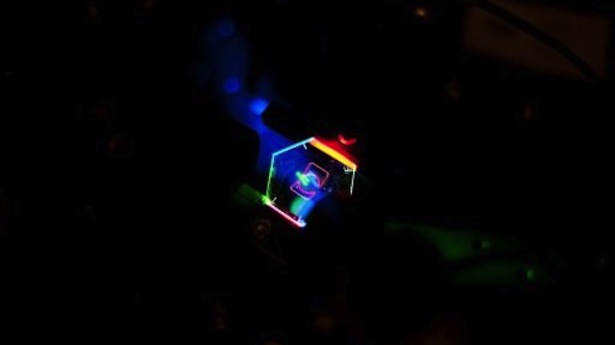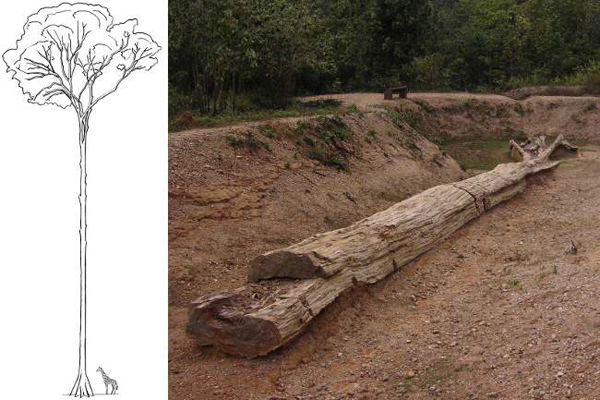
© AFP Photo
Fancy watching a movie on your mobile phone, where figures leap out from the screen in 3D, rather as Princess Leia did in that scene from "Star Wars"?
That's the claim made by US researchers, who on Wednesday reported they had made a display which gives a three-dimensional image that can be viewed without special glasses and is intended for cellphones, tablets and watches.
Unlike the holographic projection used in George Lucas' movie fantasy, their small prototype display is flat and backlit.
It uses a technology called diffractive optics to give 3D images that can be viewed from multiple angles, even if the device is tilted.
"Unlike a lot of technology out there that only does so-called horizontal parallax, which means that you only see 3D when you move your head left and right, we actually are talking about a technology that gives 3D for full parallax," said David Fattal, who led a team at Hewlett-Packard Laboratories in Palo Alto, California.
"For example, if you were to display a 3D image of Planet Earth with the North Pole facing out from the screen, by turning your head around the display, you would actually be able to have a view of any country on the globe, you would be able to see all the way around," Fattal told journalists in a telebriefing.
